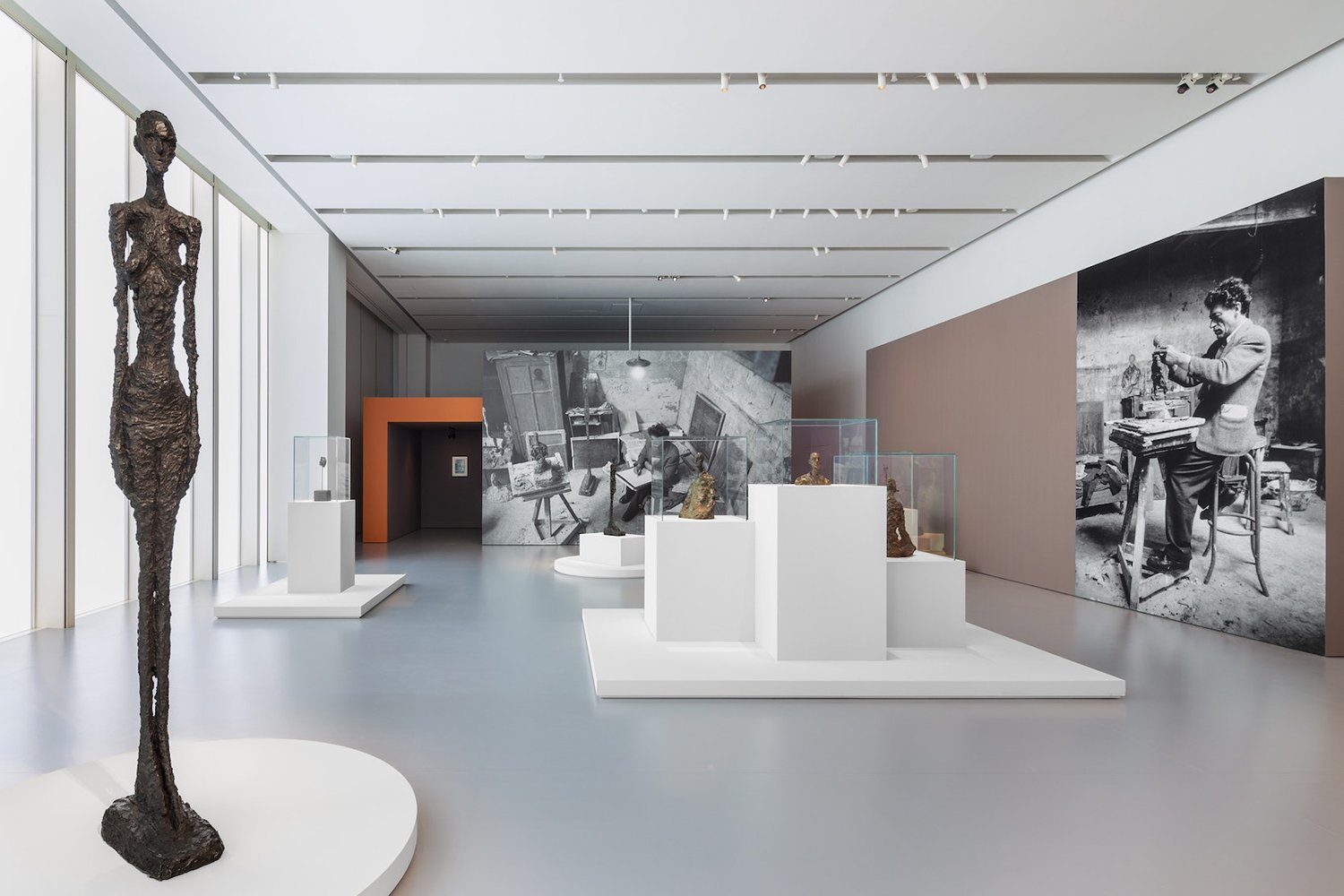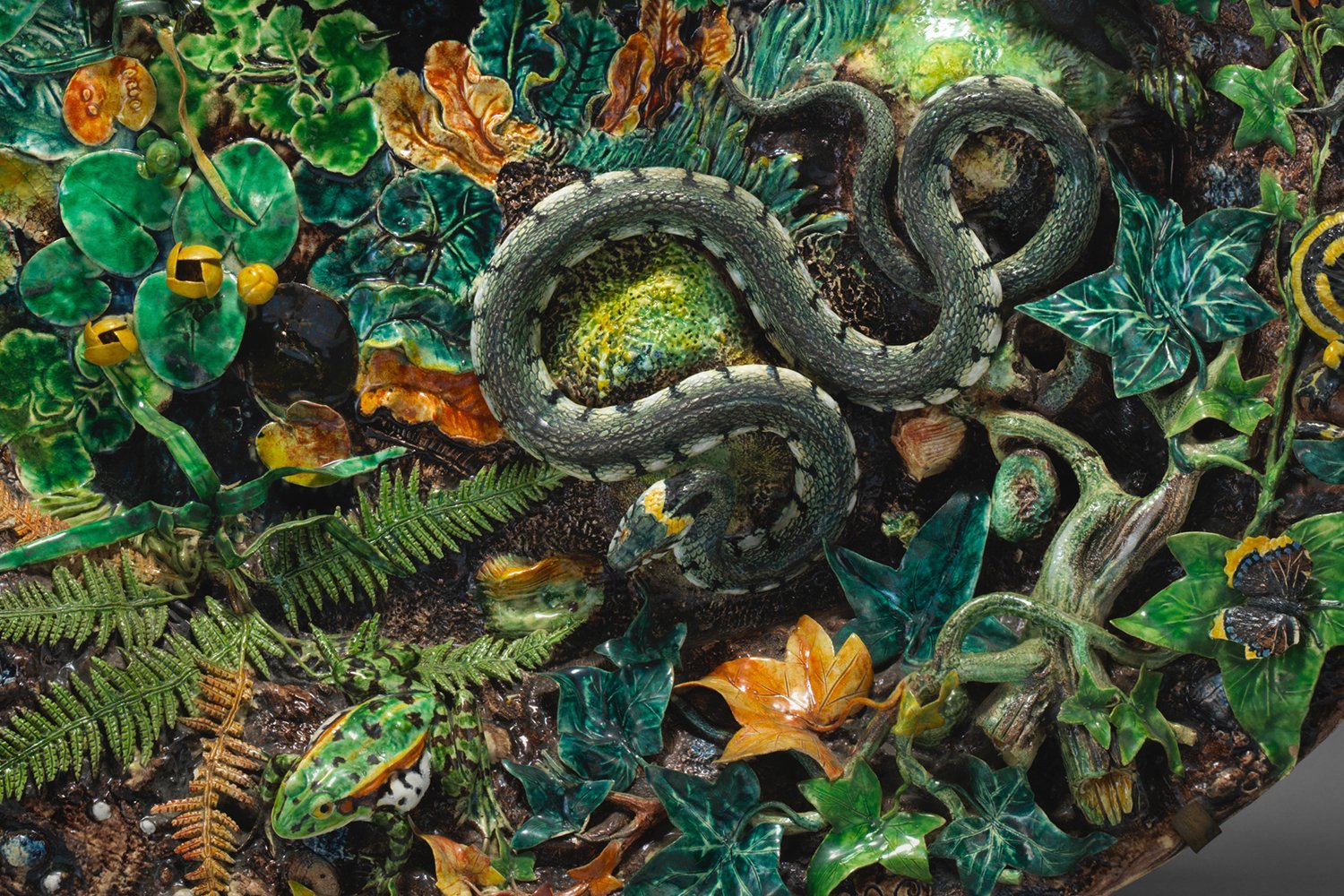Exhibition Review: Painting Love at the Louvre

The venerable institution presents visions of mania and sin in a haunting exploration of love in all its forms.
Cover photo: Apollon et Cyparisse (Apollo and Cyparissus), oil on canvas, by Claude-Marie Dubufe (1821). Photo by Danny With Love.
★★★★★
5/5 Stars
WARNING: This review discusses religion, death, suicide, sex, and sexual assault.
Intro
France’s Louvre Museum is home to many of Europe’s greatest masterpieces, including some of the most beloved depictions of love in art history. Over 70 such works are currently on tour in Japan, comprising the wide-ranging exhibition Painting Love in the Louvre Collections, spanning 350 years.
Walking to the Kyoto City KYOCERA Museum of Art, I was filled with anticipation, ready to admire these beautiful paintings, most of which I had undoubtedly missed during my own visits to the sprawling museum.
Visual splendor aside, the exhibition proved more thought-provoking than I expected, exploring “the different ways in which love has been expressed in Western painting.” I found myself reflecting upon a prior article I had written about the love languages, and how we show our love to others.
Largely divided into Greco-Roman mythology and Christian faith, the exhibition interrogates love in its various forms. The Greek language developed many different words to describe the unique facets of love including eros (ἔρως) for romantic or sexual love, storgi (στοργή) for familial love, philia (ϕιλία) for platonic or brotherly love, and agapi (ἀγάπη) for unconditional, selfless, and divine love.
Myth
Upon entrance to the exhibition, I found images that I could not describe in any of these dimensions. In fact, many paintings conjured feelings not of love, but disgust. The first work to catch my attention was Pierre Mignard’s Pan and Syrinx. In this popular tale from the Roman poet Ovid, Mignard depicts the nymph Syrinx chased by the mischievous god Pan, caught in the throes of lust.
The painting is remarkably visceral, with both of the nymph’s hands raised in panic as she sprints. Her cloak is flying in the air as her face turns in horror towards her unwavering pursuer.
There is yet another Greek word I find more appropriate: mania (μανία) for obsessive love. Syrinx flees into the arms of river god Ladon, who transforms her into a cluster of reeds. Tragically, the story ends with Pan fashioning the hollow plant — the remains of poor nymph — into the musical instrument we know as a panpipe.
Many nearby works recounted similar horrors of stalking, voyeurism, and abduction. Women are almost always the target of such attention, painted for Europe’s wealthy male patrons. Neoclassical depictions of such myths romanticized ideas of uncontrollable passion despite, or in spite, of unrequited interest or consent.
Christianity
The exhibition juxtaposes mythic mania with agapi, considered to be the highest form of love in Christianity. Agapi is also translated as charity, as it is all-giving. According to the Bible, God sent Jesus, his only son, so that the world may be saved through him. His death was to atone for the sins of all humanity, in the greatest possible expression of devotion.
In The Deposition of Christ, created for a chapel alter, Eustache Le Sueur captures the immediate aftermath of Christ’s death as he is pulled off the cross. Dressed in blue robes, his mother, the Virgin Mary looks upon him mournfully. Le Sueur utilizes a tight cropping to concentrate the pain around the sacrificial lamb, inviting viewers into this devastating and inspiring scene of grief.
God offers his only son to cleanse humanity of sin, a freedom offered by God himself. In the Abrahamic religions, Adam and Eve are the first humans created by God. The couple lives in shameless nudity in paradise until they are tempted by Satan to eat forbidden fruit and expelled. In art, the pair is often depicted naked yet perfectly chaste, even romantically ignorant, with a childlike innocence. For many practicing Christians today, Adam and Eve are models of virtue, illustrating that the purpose of partnership is procreation, not sex.
As someone who was raised Christian but has strayed from the Church, I find such images both beautiful and manipulative. God creates us, God tests us, God condemns us, and God delivers us from evil. It’s a suspicious model of vertical integration, offering humanity both poison and antidote. Is this pure love?
Etiquette
One of the show’s many highlights is The Bolt, painted by Rococo master Jean-Honoré Fragonard. Rendered with theatrical drama, it is an incredibly compelling image.
In a disheveled bedroom, a man and woman are caught in a desperate embrace. Together, the pair reaches toward the door’s tall bolt. Are we witnessing the moment prior to shared intimacy or an assault? The painting’s power lies in Fragonard’s careful ambiguity.
The man stands on the tips of his toes to reach the bolt and the woman’s hand follows behind. Are they locking themselves away together or is he locking her in? Is her head tilted back in passion or resistance? Is she perhaps feigning apathy to maintain her virginal honor? Fragonard challenges the viewer to decide.
In another masterpiece, we see the bureaucracy of love and all its societal entanglements. Frenchman Guillaume Bodinier offers an exquisite image in the Marriage Contract in Italy, set in the hilly outskirts of Rome. The scene is formal but far from emotionless.
The narrative unfolds curiously as we follow the gaze of each character. On the right, the groom stares at his fiancé just opposite, who looks down shyly. The bride’s proud mother observes him instead. At the central table, the notary scrutinizes over the contract. Just to the left, the bride’s father is distracted by the preparation of a banquet laid by female servants, who, in turn, jealously regard his daughter.
Bodinier reminds us that love is rarely a private act between two people, but instead one that involves all society. The Christian ritual of marriage includes entire families, the surrounding community, the ruling state, and God above.
Local viewers may sympathize through the splashy new drama Rikon Shiyou Yo (離婚しようよ) or Let’s Get Divorced, which follows an actress and politician caught in a loveless marriage as they navigate their careers in the public spotlight and private familial obligations.
Queerness
Finally, I must mention my favorite work in the collection, the tragic Apollo and Cyparissus by Claude-Marie Dubufe, who presents a rare scene of neoclassical homoerotica, inspired by Ovid’s Metamorphoses.
The fair youth Cyparissus has just killed his beloved stag in a hunting accident. Overcome with regret, he begs to grieve for eternity. Favored by Apollo, the god of music and light rushes to his side to offer comfort in his final moments, before the youth transforms into a cypress tree.
This is one of the most beautiful images I have ever seen. The moment is so delicately rendered. Cyparissus is draped over the fallen stag and Apollo kneels carefully above them, his right hand gently supporting his love’s neck. Their arms interlock in the center of the canvas. We can see the color drain from the youth’s left arm and two light teardrops escape his eye. It’s a devastating depiction of self-destruction. Still today, the evergreen plant is associated with everlasting life and mourning.
In a contemporary reading, we can imagine the stag as a metaphor for heteronormative fantasy. Having fallen hopelessly in love with Apollo, Cyparissus has chosen the certainty of a painless death over the future of queer life.
Conclusion
This is a marvelous exhibition, both timeless and current. It’s exciting to see these classic works presented in a fresh, contemporary context. The flow of the collection is thoughtfully arranged and English language accomodations are also included, though lettering is rather small. This is truly a worthwhile show, one I will long remember.
Access
Painting Love in the Louvre Collections is open from June 27th (Tuesday) to September 24th (Sunday), 2023, at the Kyoto City KYOCERA Museum of Art in Kyoto, Japan. Adult admission costs 2,100 yen (approx. 15.00 USD) at the door or 1,900 (approx. 14.00 USD) in advance. Learn more here.





